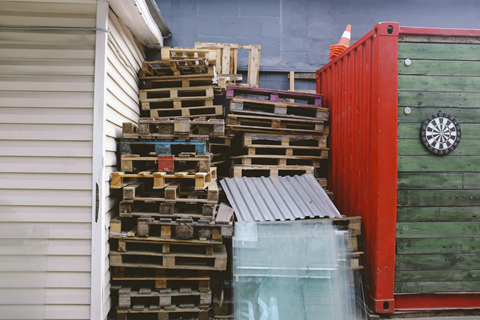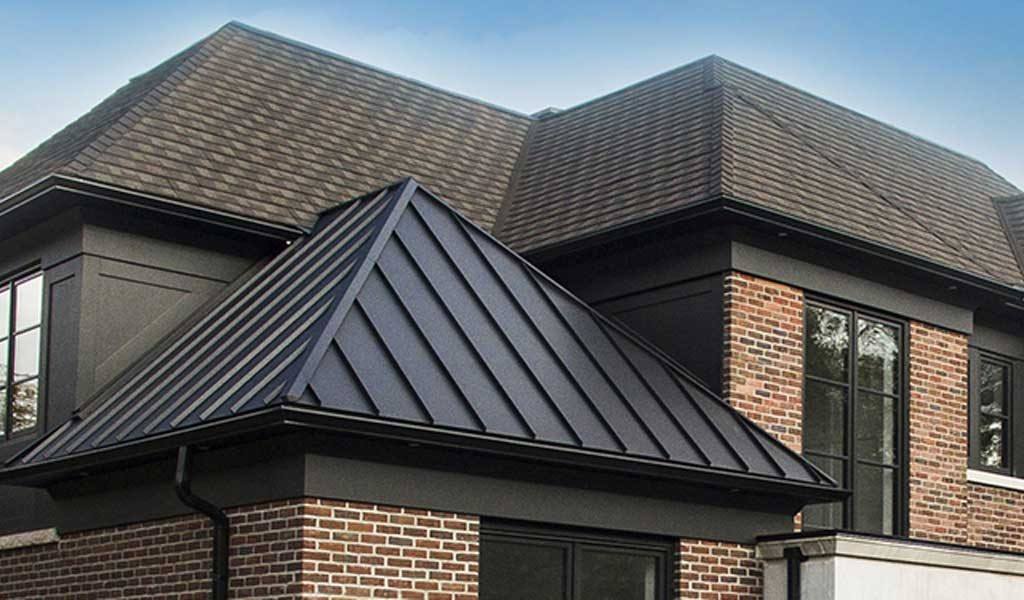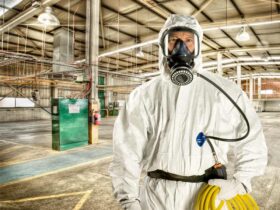The United States is one of the top waste producers in the world. Americans produce about 200 million tons of trash a year. You may wonder, where does all of that end up? States and cities like Daytona Beach vary greatly where their trash ends up. The majority of it ends up in landfills, but a big chunk also ends up in recycling centers like Evergreen Junk Removal. Some cities bring more to recycling centers than landfills, more than other cities and states. Your trash may make several stops before it ends up in its final destination.
Where junk goes first
Materials recovery facilities or MRFs and transfer stations are where your trash is brought first. In a materials recovery facility, trash is sorted, and useful materials are segregated – either for recycling or donating. Clean and dirty MRFs are two types of MRFs. The clean MRF receives items that have already been sorted out by businesses and households, which means useful materials have already been segregated from unusable ones. A dirty MRF, on the other hand, is where unsorted junk is brought. Useful materials are mixed with trash and require manual sorting. A transfer station is a temporary area for garbage brought by garbage trucks. This is where trash is compacted to be brought to their final resting place.
Landfills
There are over 3,000 landfills in the United States, where half of the country’s overall waste ends up. Not all garbage decomposes, and a landfill is designed to store waste, not break it down. Landfills have layers where each layer is lined with clay and covered with plastic skin when it is full. There are also drains and pipes that run along these layers to collect fluids from the trash. When the layer is filled, the plastic cover is topped with soil and plants. The decomposing of the layers underneath the new ones will take a really long time.
Recycling centers
Since only half of the country’s total waste ends up in landfills, there are other places that other types of trash end up in, such as in recycling facilities. Recyclable materials such as plastic, metal, paper, and the like are not brought to landfills. These materials can still be used to manufacture other products. About 35% of the country’s total waste ends up in these centers.
Composters
Composters take in food and agricultural waste. They make composts for use in homes and businesses that need these types of products.
Incinerators
We all know that burning trash is a big no-no. But trash incinerators are an exception. They are industrial-sized and can incinerate trash that does not belong to recycling and composting. Almost 95% of the volume of the incinerated trash is reduced, so there will be less space taken up in landfills.
We cannot be complacent that the trash we produce will end up where it is supposed to be. We must do our part in reducing our carbon footprint to ensure that future generations will have a livable planet in the future.











